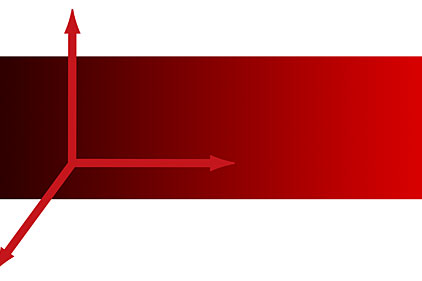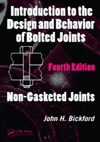Fastening Threads: Even If It Ain't Broke, Make It Cheaper

Reducing cost requires action with potential risk, whose objective is often viewed as compromise. However, the need for constantly improving product value is not going to go away. Here are three ways to address cost reduction.
There’s always some peril in making recommendations about how to reduce cost. The maxim, “Even if it ain’t broke, make it cheaper,” is more difficult to implement than its more famous cousin.
Reducing cost requires action with potential risk, whose objective is often viewed as compromise. However, the need for constantly improving product value is not going to go away, nor should it.
Based on our testing experience, here are three ways to address cost reduction, in decreasing order of expected benefit.
Question the Most Fundamental Assumptions. The best way to cut assembly costs is to eliminate a joint. If a joint does not require its components to move relative to one another, or exists because components of fundamentally different material properties are required, the joint is a candidate for elimination.
While further investigation might reveal the presence of that joint can lower total product cost, improve performance or ease maintenance, the need for the added complexity and failure potential inherent in any joint should always be questioned.
When the need for a joint has been established, too often, that joint is designed as a bolted joint without consideration of other methods. Threaded fasteners do two things well, and when a joint requires both those characteristics, a bolted joint is hard to beat.
First is the ability to generate tremendous clamp load in a small and inexpensive package. Second, this high-strength joint can be separated and reassembled without loss of capability or the need for rework. When only one of these needs is required of an application, there are often other fastening methods that will be competitive. When neither is present, a bolted joint is rarely the most cost-effective choice.
Rethink Tool Selection. The cost of fastening tools is the sum of the initial investment, maintenance cost and their influence on assembly cost. High-mix, low-volume assembly applications, or assemblies where the tool location varies, often utilize hand tools, because power tools are viewed as too cumbersome, too complex or too expensive.
Recent battery, motor, control and wireless communication developments have left few applications where a hand tool is more cost-effective than a power tool. State-of-the-art fastening tools can get to all but the most restricted locations, drive a fastener more quickly with better torque selection and accuracy, and report the outcome of each rundown. Potential cost savings is greatest for manufacturers that use a separate torque wrench after manual rundown.
Transducerized DC-electric nutrunners capable of multistep tightening strategies are commonly used by high-volume manufacturers. These tools can sense joint yield, cross-threading and thread stripping, and save the data for each rundown. These tools can also increase the flexibility of how a fastener is tightened to increase quality and joint understanding. But, these advantages can only be gained if the tool’s capabilities are utilized.
In our experience, the only feature employed by assemblers is slowing the spindle before the target torque is reached. All error windows are left wide open, so no troublesome red lights get lit and run data is not analyzed.
When this happens, an expensive tool is arguably no more effective or accurate than a traditional clutched air tool. Engineers should select assembly tools based on an honest assessment of how they will be used, not how they could be used.
Maximize Bolt Potential. The capacity of a significant percentage of joints we have tested is limited by the shear strength of the threads or the compressive strength of the joint members, rather than the bolt’s tensile strength. That is, the failure mode is thread-strip or joint-member yielding, and not bolt fracture.
Bolt fracture is a preferred failure mode, because it means the maximum clamp load possible for that design could be utilized. All else being equal, this leads to minimized cost. An additional benefit is the joint is easier to troubleshoot when problems arise, and is less able to be compromised by overtightening.
The goal of maximizing bolt potential would seem to imply that to minimize cost, the highest commercially available grade of fastener should always be used. However, that’s not always the case. When joint materials and geometry (often available thread engagement) prevent failure by bolt fracture, reducing the grade of fastener used may reduce cost without reducing joint capacity.
Products that must move, be carried or be as small as possible will tend to utilize high-strength fasteners, because increasing weight or volume carries a cost penalty. But, in other industries, such as construction, midgrade fasteners are often most cost-effective and are more forgiving of installation and environmental conditions. A
Archetype Joint specializes in joint design, testing and validation. Dave Archer can be contacted at darcher@archetypejoint.com
Looking for a reprint of this article?
From high-res PDFs to custom plaques, order your copy today!





